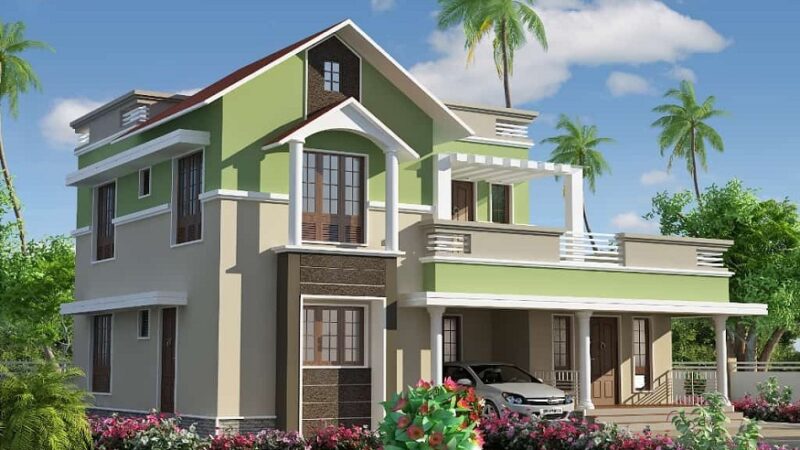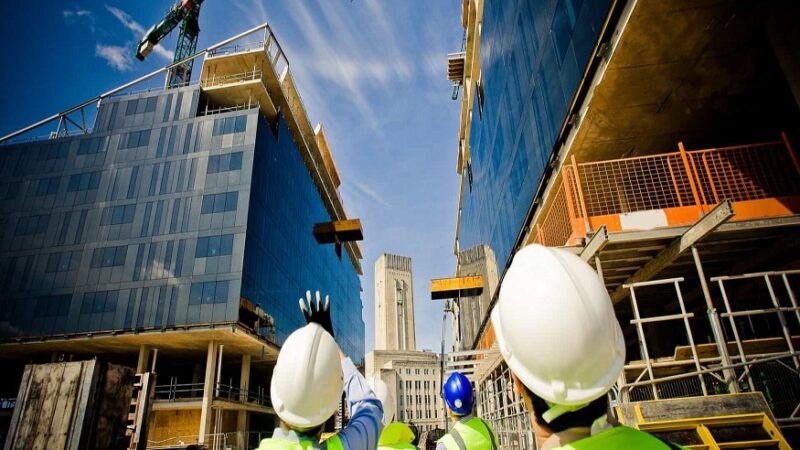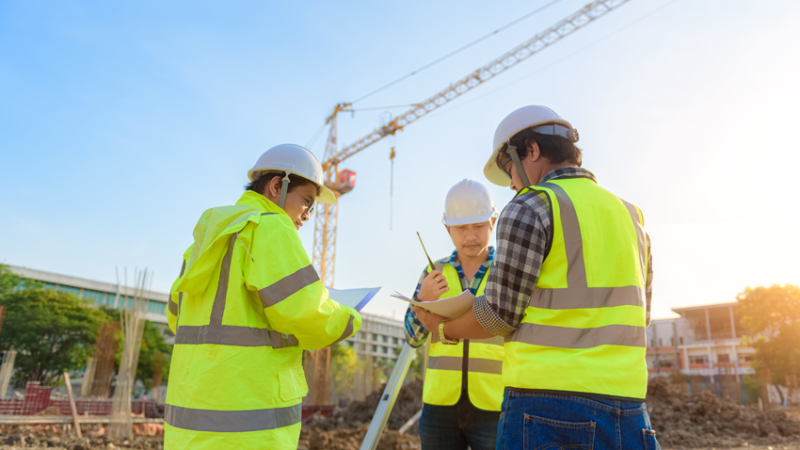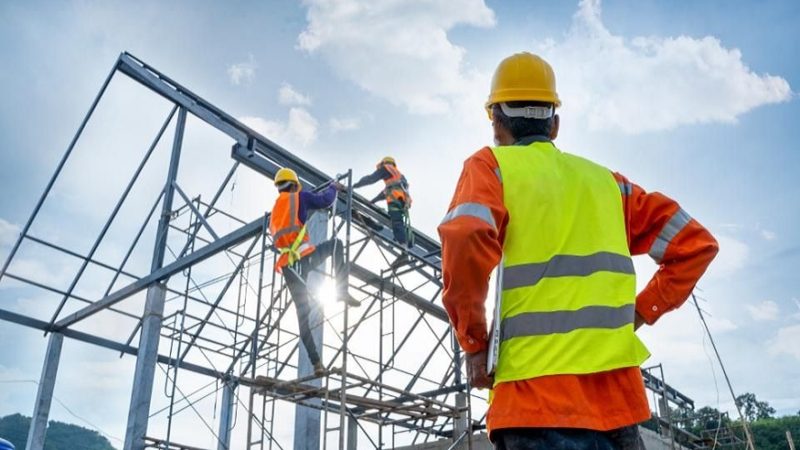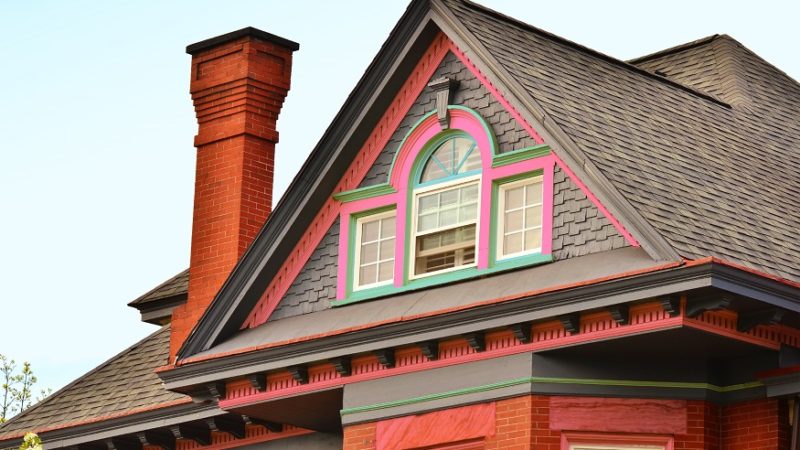Why is Efficient and Ecological Construction So Important? What is an NZEB Building?

In the times in which we live, it is rare to find someone who is not aware of the damage that has been and continues to be caused to the environment.
Climate change and the scarcity of certain resources have been on everyone’s lips in recent years. What many people do not know is that a huge part of that damage we do to the planet is caused by the buildings in which we live.
An example is New York City where 79% of the polluting gases emitted into the atmosphere come from buildings, leaving only 21% to vehicles.
WHAT MEASURES HAVE BEEN TAKEN?
With the aim of achieving a more efficient society in the use and sustainable management of natural resources and ecosystems, on October 25, 2012 the European Parliament issued Directive 2012/27/EU, on energy efficiency, which requires all member states of the European Union submitting an action plan.
The purpose of this plan was reducing the energy consumption in each country dramatically.
In Spain we currently have the National Energy Efficiency Action Plan 2017-2020.
NOT ENOUGH WITH TRAFFIC RESTRICTIONS?
Several cities around the world have begun taking steps in recent years to reduce their levels of pollution and to be more sustainable. Dubai city is one of those cities that are taking steps to reduce the pollution and it has well constructed apartments for rent such as “Apartment for Rent in Dubai City”.
Most of these measures are linked to cars and traffic, with traffic and parking bans or with incentives for the purchase of hybrid and electric vehicles.
Unfortunately, these measures are not enough since the extremely high levels of pollution are caused to a great extent by its buildings, becoming the cause of a third of the polluting emissions in certain cities.
Buildings are not only highly polluting but also consume a huge amount of energy resources. In Spain almost 20% of the energy consumed is exclusively due to homes. The problem that exists in Spain and in many other countries is that the buildings that make up the largest cities are already very old.
Of the 25 million homes in our country, more than half are over 40 years old and, therefore, were built without any regulations on thermal conditions or energy efficiency. It was not until 1979 that the first basic building regulations appeared in Spain.
Furthermore, now with the incorporation of energy efficiency certificates we know that more than 80% of Spanish buildings are between “E” and “G”, that is, they pollute and spend a lot.
WHAT SHOULD WE DO WITH BUILDINGS?
One of the guidelines set by the European Union in terms of energy efficiency, requires that all new buildings be of almost zero energy consumption or nZEB (nearly Zero Energy Buildings) from December 31, 2020.
In the case of buildings that are going to be busy and are publicly owned, the date will be December 31, 2018.
This measure will change the way in which we build in Spain and in the rest of Europe, it will no longer be enough to place any insulating material on the facade or put the air conditioning system that we want.
BUT WHAT IS AN ALMOST NULL CONSUMPTION BUILDING?
Finding the definition of this type of building is not an easy task. First we must look for the “Royal Decree 564/2017, of June 2, which approves the basic procedure for the certification of the energy efficiency of buildings.”
This decree gives us a definition that refers us to “Royal Decree 56/2016, of February 12, on energy efficiency” which will give us a new definition that again refers us to other regulations, in this case, European, the directive 2010/31 / EU.
This European directive, finally, gives us a definition:
“Building with a very high energy efficiency level, to be determined in accordance with Annex I”.
“The almost zero or very low amount of energy required should be covered, to a very large extent, by energy from renewable sources, including energy from from renewable sources produced on site or in the environment.”
Again the definition leads us to another site (Annex I), luckily this is within the same directive and says the following:
- Internal divisions:
- Thermal capacity
- Isolation
- Passive heating
- Cooling elements
- Thermal bridges
- Heating and hot water installation, and its insulation characteristics.
- Air conditioning installations.
- Built-in lighting installation (especially in the non-residential part).
- Building design, location and orientation, including external weather conditions.
- Passive solar installations and solar protection.
- Indoor environmental conditions, including projected indoor environmental conditions.
- Internal loads.
In the calculation, the positive incidence of the following aspects will be taken into account, when they are relevant:
- Local conditions of exposure to the sun, active solar systems or other heating systems or production of electricity based on energy from renewable sources.
- Electricity produced by cogeneration.
- Urban or central heating and cooling systems.
- Natural lighting.”
In summary, buildings with almost zero or nZEB consumption must be buildings where energy consumption has been drastically reduced.
Thanks to the exhaustive study of the building’s conditions, taking into account passive systems, such as solar use, and with the mandatory inclusion of renewable energy sources in the building itself or in its immediate surroundings.
WHAT DO WE DO WITH EXISTING BUILDINGS?
According to a study presented by the National Center for Renewable Energies (CENER), we would have to rehabilitate 300,000 homes’ energy each year to more than meet the objectives set in the European Union for 2050.
Most of today’s buildings are losing energy everywhere. Something as simple as changing the windows of our home or adding a good insulator on the facade and on the roof can reduce energy consumption by 65%.
We must not forget that a single degree of temperature in the thermostat of our home represents a 7% increase in the monthly bill.
In those buildings that have an energy rating of “F” or “G” (remember that this represents 80% of buildings in Spain), the inclusion of insulation in the envelope can save up to 75% on the energy bill .
CONCLUSION
If a building does not have energy losses (it is perfectly insulated) it does not need any air conditioning or heating system. The problem is that the vast majority of people, including construction professionals, are unaware of this and continue to build as they did 20 years ago.
Currently, a community of owners or a private client carrying out a reform prefers to spend the money on beautiful finishes instead of betting on efficiency and respect for the environment.

